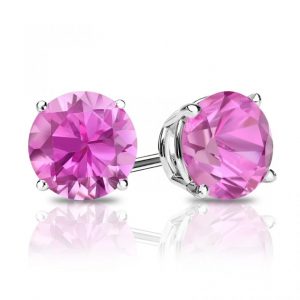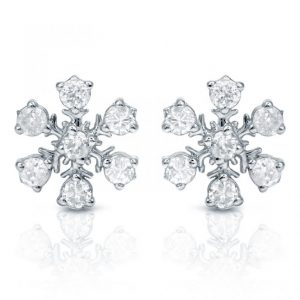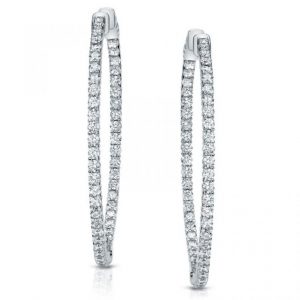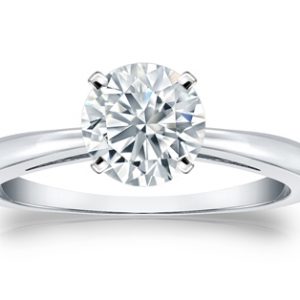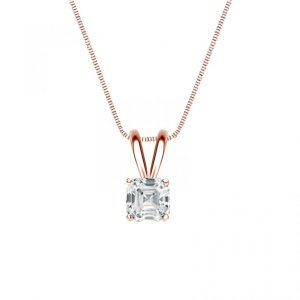Diamond pendants are beautiful and incredibly versatile. A diamond pendant is an excellent investment piece, as it’s something you’ll be able to wear with any look— from casual to upscale— for a lifetime.
But if you’re thinking of buying a diamond pendant, whether as a gift or for yourself, you may not know how to choose the right one for you. Though diamond pendants have a simple design, they’re quite customizable, which means you have thousands of different options to choose from.
To help you find your perfect diamond pendant, we’ve put together this buying guide for diamond pendants. In this post, we’ll teach you everything you need to know about what a diamond pendant is, the different settings and styles for diamond pendants, when to buy a diamond pendant, and how to choose a diamond for your diamond pendant.
1. What is a Diamond Pendant? What is a Solitaire Pendant?
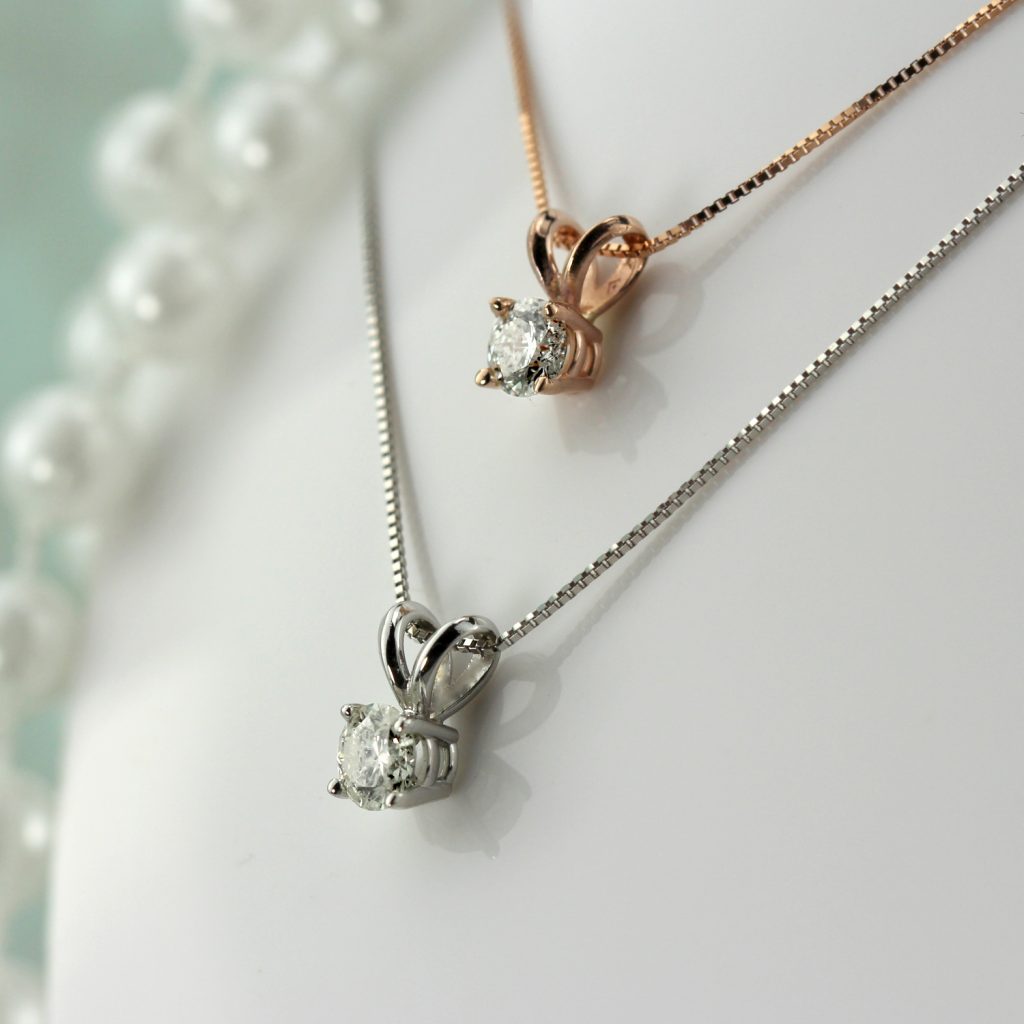
A commonly asked question about diamond pendants is whether or not they’re the same thing as solitaire pendants. To put it simply, all diamond pendants are solitaire pendants but not all solitaire pendants are diamond pendants.
A solitaire pendant is a necklace that features one solitary gemstone that dangles from a chain. While the setting around the featured gemstone can vary, solitaire pendants always have only one centerpiece gemstone. Many gemstones are used for solitaire pendants, including blue sapphires, rubies, or emeralds, but the most popular is a white diamond.
A diamond pendant is a solitaire pendant with a diamond as its featured gemstone. There are many different styles of diamond pendants, which we’ll talk about in our next section.
2. Settings & Styles
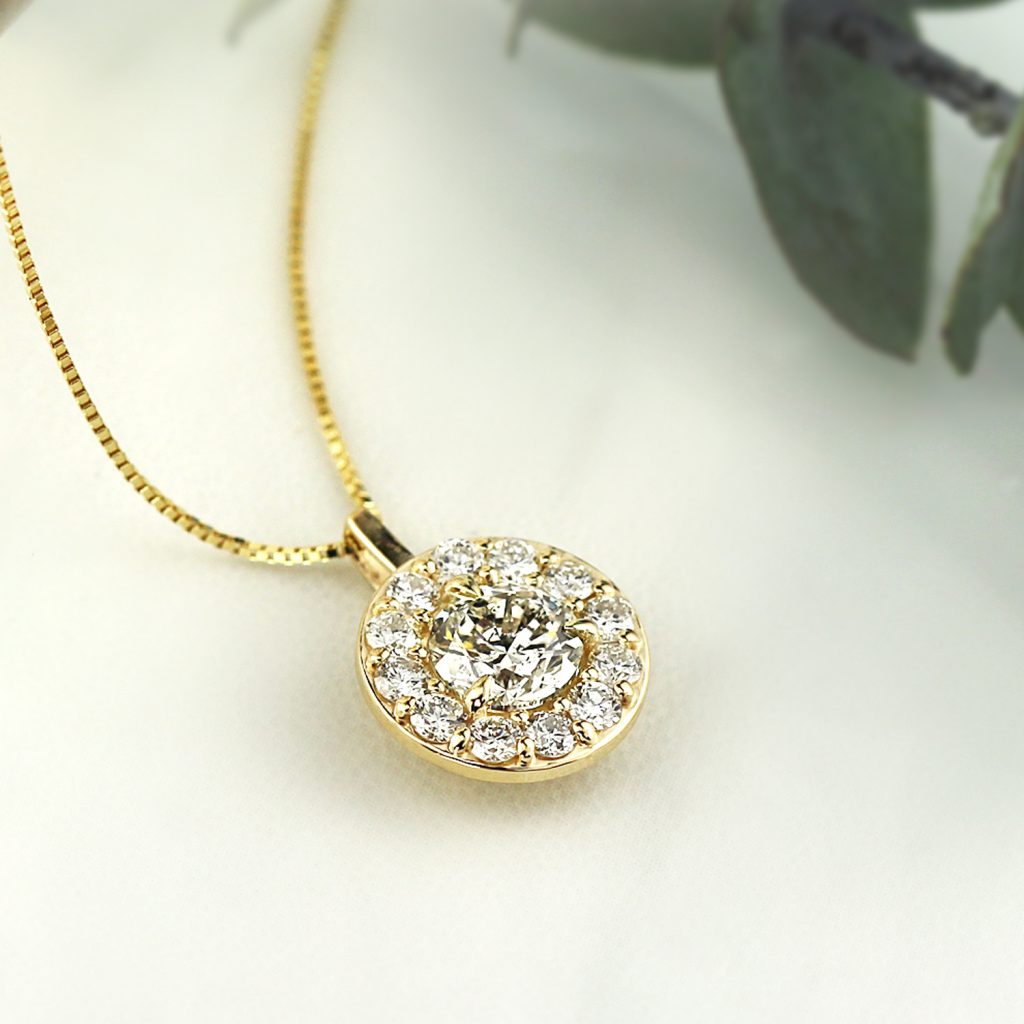
Diamond pendants are chic, with an elegant and timeless design. However, even within this classic design, there are so many ways to switch up the style of a diamond pendant to make it uniquely yours. Other than your choice of diamond (which we’ll talk about later in this post), there are two things that impact your diamond pendant’s style: your choice of setting style and your choice of precious metal.
There are three types of settings for diamond solitaire pendants: prong settings, bezel settings, and halo settings. Prong settings are a chic and classic option, and they’re probably what you picture when you think of a diamond pendant. In a prong setting, prongs crafted from precious metal delicately hold your diamond in place, while also allowing your diamond to catch maximum light from all sides, increasing your diamond’s light-capturing ability. There are two types of prong settings, 4-prong settings and 6-prong settings. 4-prong settings have a classic look, while 6-prong settings are classic but a bit more delicate and unique.
Next, there’s the bezel setting. A bezel setting is a ring of precious metal that completely encloses all sizes of your diamond. Bezel settings are highly secure, offer your diamond excellent protection from bumps or drops, and they have a lovely modern look.
Finally, we have the glamorous halo setting. A halo setting holds your diamond in the center of a ring of metal that is set with shimmering accent diamonds. Halo settings add brilliance to your pendant and also trick the eye into thinking your center diamond is larger than it actually is. Halo settings are an excellent option if you want a diamond pendant with a bit more shimmer, impact, and glamour.
Now, let’s talk about precious metals. You’ll have four precious metals to choose from: yellow gold, white gold, rose gold, and platinum. Often, people choose the precious metal that they wear most often for their diamond pendant. But if you don’t already have a favorite precious metal, we’ll let you know how precious metal can impact style so you can choose based on which one lines up with your personal style.
Yellow gold is generally considered the most classic precious metal and is great for those with a classic sense of style. Style-wise rose gold is pretty versatile. Rose gold looks romantic, vintage-inspired, and is also a bit trendy at the moment. White gold and platinum have very similar looks. Both look sleek, sophisticated, and modern. If you love the crisp white look of white gold or platinum but aren’t sure which to pick, know that platinum is a bit more durable than white gold but it’s also more expensive. So, you may want to choose based on how important extra durability is to you and what your budget is.
3. When to Buy Diamond Pendants
When should you buy a diamond pendant? Really, there isn’t a bad time to buy a diamond pendant. Whether you’re looking to gift a diamond pendant or want to treat yourself to a diamond pendant, a diamond pendant is an excellent heirloom-quality staple piece that is a great gift or celebratory purchase for any occasion.
With that said, however, there are some special occasions when people buy diamond pendants more frequently. People often gift diamond pendants for the following occasions:
- Graduations (Ranging from High School to Medical School)
- Valentine’s Day
- Birthdays
- Anniversaries (Especially Milestone Anniversaries, Like the 5th, 10th, and So On)
- Celebrating the Birth of a Child (As a “Push Present”)
- Job Promotions
- Holidays (Christmas, Hanukkah, and Others)
- Retirement
- Wedding Day
- First Jobs
- Bar Mitzvahs or Bat Mitzvahs
- Sweet Sixteen Birthdays
- Celebrating a Major Move
- Other Exciting Milestone Events
4. Choosing a Diamond for Your Pendant
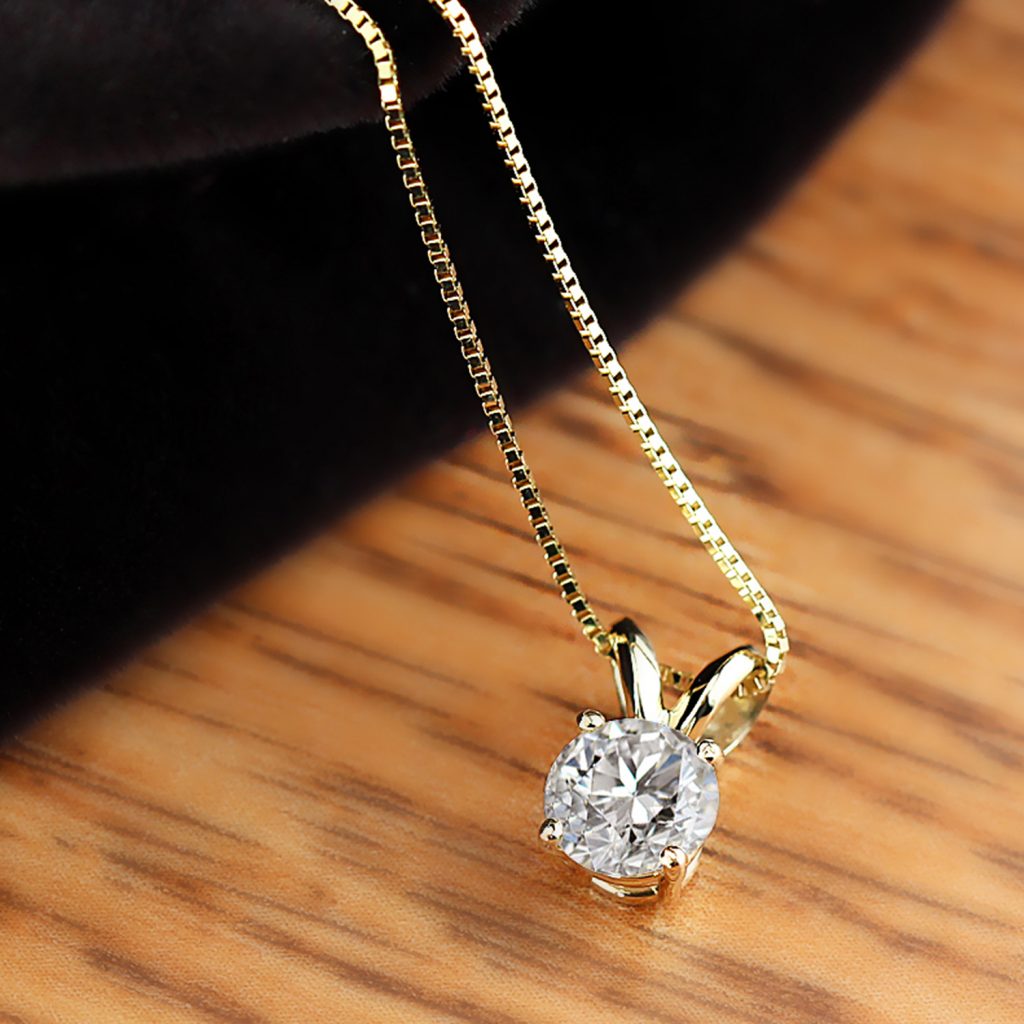
Finally, let’s talk about choosing your diamond for your diamond pendant. First, we’ll talk about shape, then we’ll talk about quality.
Your diamond’s shape will have a big impact on your diamond pendant’s style. Here are the most popular diamond shapes, with some style notes for each:
- Round (Classic, Highly Brilliant)
- Princess (Contemporary)
- Cushion Cut (Vintage-Inspired, Romantic)
- Asscher (Art Deco Era Vintage— Think “The Great Gatsby”)
- Emerald (Sophisticated, Retro, Old Hollywood)
- Marquise (Highly Unique, Eye-Catching)
- Oval (Sophisticated, Classic Yet Unique)
- Pear (Chic, Elegant, Unique)
After you’ve decided which shape you love the most (or which shape the recipient will love the most), it’s time to select a diamond from that category.
You’ve probably heard of the 4Cs, which are an objective measuring of how a diamond compares to other diamonds. The Four Cs are cut, color, clarity, and carat. Cut, which is not to be confused with shape, is a measuring of how well a diamond was cut, which affects how much it sparkles. Color measures how colorless a white diamond is on a scale of D to Z (with D being completely colorless). Clarity measures how flawless a diamond is. The higher the clarity grading, the fewer flaws a diamond will have. Carat, the last of the Four Cs, is a weight measurement that can give you an idea of how large a diamond is.
There’s really no one “best” grade to choose in each of these categories, as what you’ll find most beautiful will depend on your unique tastes and how important quality is to you. If quality is more important to you than size, you may want to prioritize quality over carat. But if size is the most important thing to you, you may want to go with a slightly lower quality diamond with a higher carat weight.
To help our customers easily find a diamond that they’ll love, all of the diamond pendants at Diamond Studs are sorted into easy-to-understand quality categories: Good, Very Good, and Excellent. Those who want to prioritize quality may want to select diamonds in the Excellent or Very Good categories and those who want to prioritize size may want to select a diamond in our Good category to allow them to maximize carat weight within their budget.
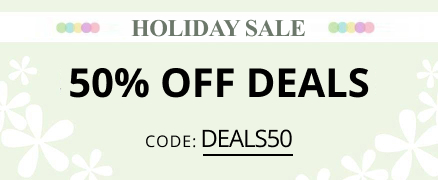


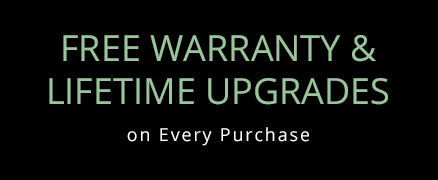



 1-855-969-7883
1-855-969-7883 info@diamondstuds.com
info@diamondstuds.com



